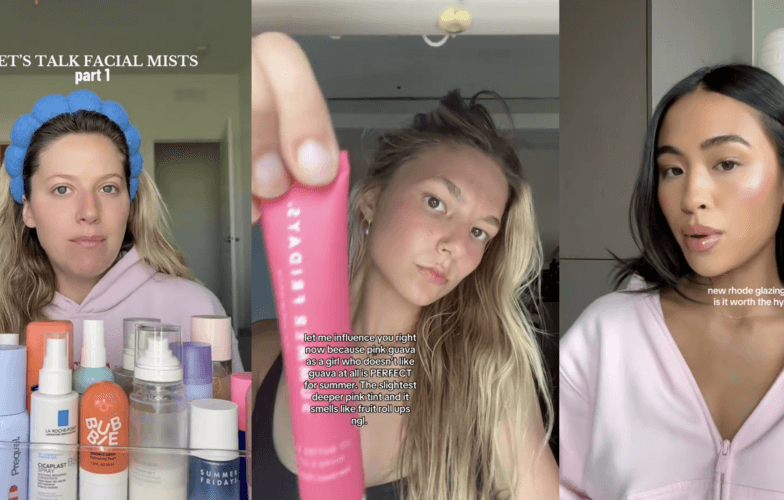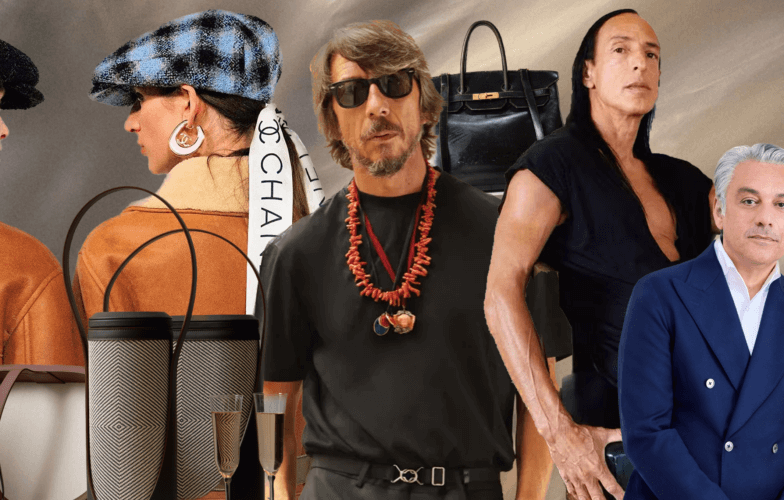
Why Artificial Intelligence is a creative booster ?
For this new Spring Summer 2023 edition of the Color Intelligence Trendbook, we collaborated on the development of new prints inspired by artificial intelligence. Exactly how does that work?
Paradoxically, the use of algorithms by an artificial intelligence such as a Generative Adversarial Network (GAN) is a very artisanal undertaking. These algorithms learn from training data, so you have to collect – and curate – a multitude of relevant images to match the mood of what you want to generate. It’s very labor intensive. You also have to use the right tools and know how to adapt the settings to get exactly what you want. And finally, you have to maintain a critical attitude about what the machine produces. The machine shouldn’t necessarily be considered a creative agent, but rather an aide-de-camp. We have the prerogative of building on its proposals, of moving away from the initial plan. That’s what we did with the AI-inspired prints for NellyRodi, a project I participated in.
What's your takeaway from this exercise in supporting creativity?
All these technologies are tools and shouldn’t enslave us. Conversely, given all the extremely rich, creative research we can initiate with these tools, it would be too bad if our industries didn’t take advantage of them.
What I find interesting with AI is that when it’s used well it can help resolve many issues such as cultural appropriation or avoiding studios’ “design shopping” processes, which I find slightly sad. Beginning with a mood board, we can generate ideas that are the essence of the board, without being parasitic of any particular inspiration.
Another very interesting aspect of using AI is that it promotes another kind of creativity: trend agencies’ ability to create a finely curated selection. Better quality curating means the AI will produce more interesting and valuable propositions.
You came in contact with NellyRodi a few years ago when you developed a startup specializing in data pricing, which was then sold to a big group. In parallel with your passion for data, you're developing an artistic method on the fringes of artificial intelligence. How is AI transforming the art world?
That’s right, I set up a small research studio called Aurèce Vettier (www.aurecevettier.com) and I work on a lot of projects in the field. I don’t know if AI is transforming the art world, we could also ask the same question about NFTs. What’s certain is that artists are starting to adopt the tool to create new images and interesting texts and sounds … the possibilities are endless.
Personally, I mostly try to explore the idea of hybridism. How can we use AI to create sculptures with a sensuality that attracts a public not interested in information technology? How can we avoid reinventing what’s already been done in art history, especially since the 1960s in the generative and conceptual art movements? How can we set up a dialogue between data and the artistic professions? How can we recover a space for silence and a form of elegance in the surrounding cacophony?
Color Intelligence SS23 : herehttps://nellyrodi.com/en/product/color-intelligence-ete-2023/



